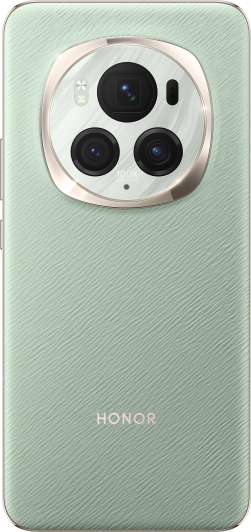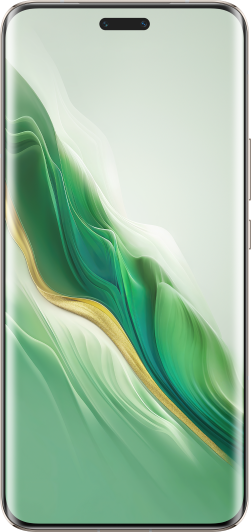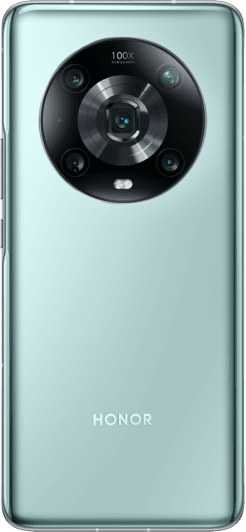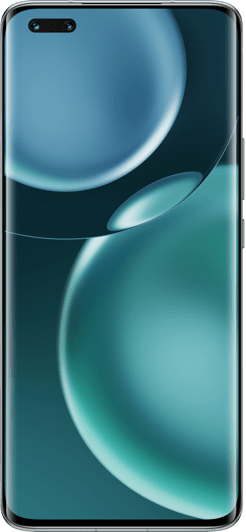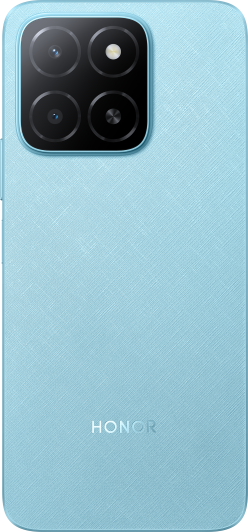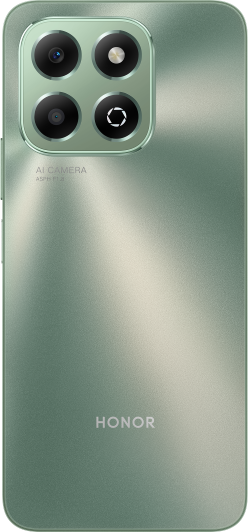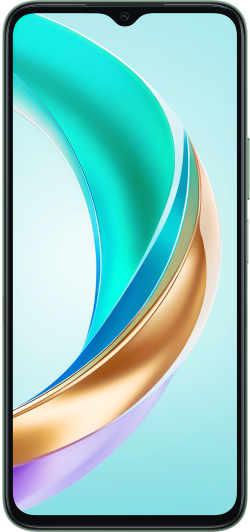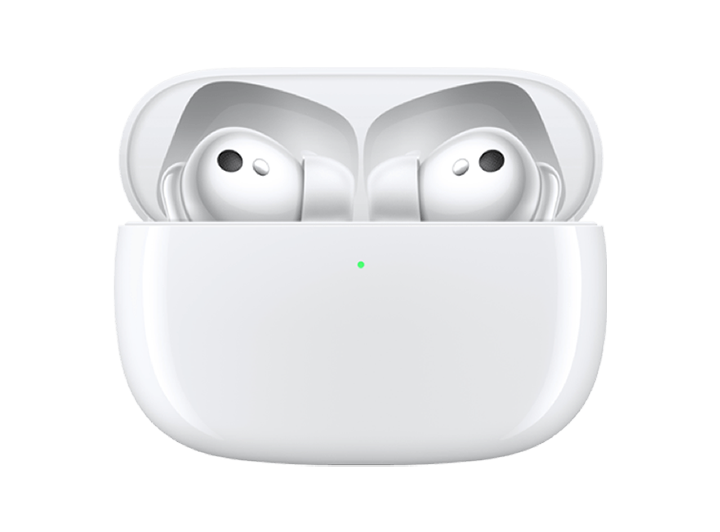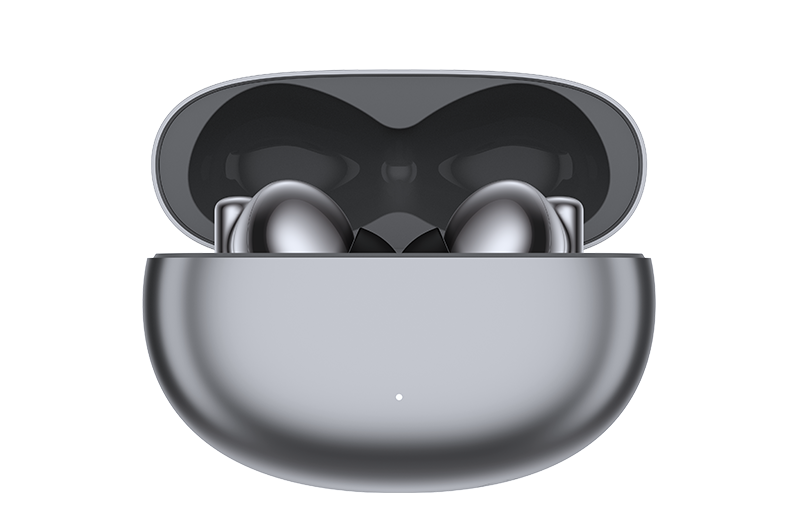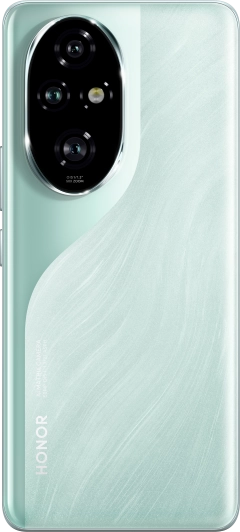TOP

我的荣耀 开启荣耀之旅

Optical Zoom vs Digital Zoom: Which One Is Your Smartphone Using?
Zooming is a feature that allows your camera or smartphone to focus on your subject and make it larger or closer in the frame without moving your device. There are two kinds of zoom processes - optical zoom and digital zoom.
But what is optical zoom and digital zoom? What are the pros and cons of optical zoom vs digital zoom? Find the answer in this article and learn how the zoom feature works on your smartphone, so you can take better photos.
What Is Optical Zoom?
Optical zoom means physically adjusting a camera's lens to bring the subject closer without losing image quality. This technology relies on the movement of lens elements inside the camera to magnify the scene. You know you're using optical zoom when you can zoom in on a subject without noticeable loss in image detail or clarity.
Many modern smartphones and cameras use optical zoom to enhance photo quality while zooming. For instance, HONOR models with multiple camera lenses, like the HONOR Magic6 Pro, offer optical zoom capabilities. The HONOR Magic6 Pro takes zoom functionality to an elite level with its 180MP Periscope Telephoto Camera, providing a 2.5x optical zoom that brings distant scenes into sharp focus without any loss of image quality.
What Is Digital Zoom?
Unlike optical zoom, which physically moves the lens to magnify the subject, digital zoom works by cropping the image and enlarging the center portion of the picture. This process relies on software algorithms to fill in the missing details, which can sometimes lead to a decrease in image quality, especially at high zoom levels. The advantage of digital zoom is its ability to zoom in without the need for bulky lens mechanisms, allowing for slimmer and more compact devices.
The HONOR 90 utilizes digital zoom to offer users the flexibility to capture subjects from a distance, providing up to a 10x zoom capability. While maintaining the sleek design of the smartphone, this feature, compiled with advanced processing technologies, enables users to get closer to their subjects, ideal for situations where physical proximity isn't possible. Thanks to advanced processing technologies, the HONOR 90 optimizes the clarity and detail of zoomed-in images, making digital zoom a valuable tool for everyday photography and capturing distant details with ease.
What Is the Difference between Optical Zoom and Digital Zoom?
Understanding the distinctions between optical zoom vs digital zoom can help users make informed decisions about their photography tools and techniques.
1. Mechanism
Optical zoom changes the lens's focal length to magnify images without degrading quality. Digital zoom enlarges the image's center digitally, often reducing clarity.
2. Image Quality
Furthermore, optical zoom maintains high image quality even at increased magnification levels. Digital zoom can lead to a loss in image detail and sharpness.
3. Hardware
Optical zoom is a feature of the camera's physical hardware, requiring moving lens elements. Digital zoom is a software feature that doesn't rely on the camera's hardware.
4. Usage
Cameras and smartphones with advanced photography features tend to use optical zoom. Digital zoom is common on less expensive devices and can be found on nearly all digital cameras and smartphones.
5. Flexibility
Moreover, optical zoom offers more flexibility for photographers who can capture distant subjects without sacrificing quality. Digital zoom provides a quick and easy way to get closer to a subject but at the cost of image fidelity.
6. Professional Use
Professional photographers and videographers prefer optical zoom to capture distant details. Digital zoom is less favored in professional settings due to its impact on image quality.
How Does Smartphone Zoom Work?
Smartphone zoom functions allow users to get closer to their subjects without moving. This feature matters greatly in scenarios where you can't physically approach what you're capturing. Imagine you're at a concert and want a closer view of the stage, or you're sightseeing and want to capture a detail on a tall building. Here's where the type of zoom your phone offers plays a crucial role.
With optical zoom, your smartphone uses its camera lens to move physically closer to the subject. It's like using a telescope; the lens adjusts to change your field of view without altering the original image's quality. This type of zoom is essential for clarity and detail, particularly in photos where you want to capture something at a distance.
Digital zoom, on the other hand, works by taking the central portion of your image and enlarging it to fill the frame. It's akin to cropping and enlarging a photo; you end up with a larger image, but it's less sharp and detailed than the original.
What’s Better: Optical Zoom or Digital Zoom?
Optical zoom is the way to go if you prioritize image quality and want to capture distant subjects with as much detail and clarity as possible. It allows you to zoom in on a scene or subject while maintaining the image's integrity, essential for photographs where detail is paramount.
On the other hand, digital zoom is handy when you need a closer view quickly and aren't as concerned about achieving professional-grade image quality. However, the trade-off is that images can become pixelated or blurry, particularly as you zoom in further. This loss of detail can be a significant drawback if you want to capture a moment with precision.
Conclusion
Optical zoom maintains image quality by physically adjusting the lens, while digital zoom crops and enlarges the image, potentially reducing clarity. Understanding the distinction between optical zoom vs digital zoom is crucial for photography enthusiasts and everyday smartphone users alike. Choose the type of zoom for the right moment and you will shoot the best photos.
FAQ
How Does Optical Zoom Affect Image Quality?
Optical zoom preserves the image's integrity by using the camera's lens to get closer to the subject. This method does not alter the pixels in the image, thus maintaining high quality and detail. Users can expect sharper and more detailed photos even when zooming in, making optical zoom ideal for capturing distant subjects without compromising the picture's clarity.
What Should I Consider When Choosing a Phone with Zoom Capabilities?
When picking a phone for its zoom features, evaluate the optical zoom level, image stabilization, and the camera's overall performance in various lighting conditions. A higher optical zoom number indicates the camera can capture distant objects more clearly. Image stabilization will help keep your shots sharp, especially at high zoom levels. Lastly, consider how the camera performs in different environments, as this can affect the quality of your zoomed images.
Are There Any Limitations to Using Optical Zoom on Smartphones Compared to Dedicated Cameras?
While smartphone cameras have advanced significantly, they still face limitations compared to dedicated cameras, especially regarding optical zoom. Smartphones typically offer lower optical zoom levels, which may not match the quality and range of DSLR or mirrorless cameras. Additionally, the compact size of smartphones limits the size of the lens and sensor, affecting the overall image quality when using optical zoom.
Source: HONOR Club
Consumer hotline
0807777715 Monday to Sunday, 8:00am-8:00pm
za.support@honor.com
We use cookies and similar technologies to make our website work efficiently, as well as to analyze our website traffic and for advertising purposes.
By clicking on "Accept all cookies" you allow the storage of cookies on your device. For more information, take a look at our Cookie Policy.
Functional cookies are used to improve functionality and personalization, such as when playing videos or during live chats.
Analytical cookies provide information on how this site is used. This improves the user experience. The data collected is aggregated and made anonymous.
Advertising cookies provide information about user interactions with HONOR content. This helps us better understand the effectiveness of the content of our emails and our website.









